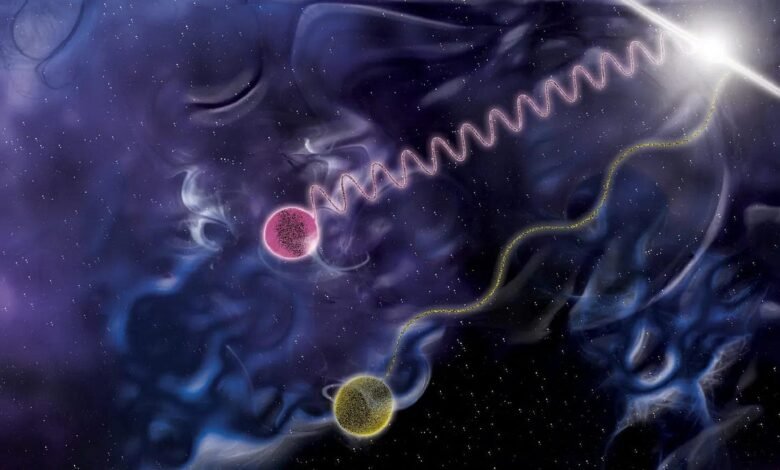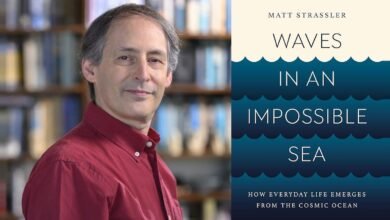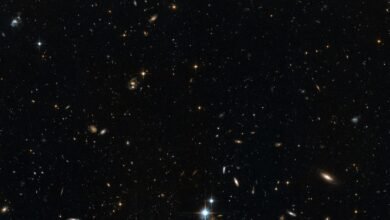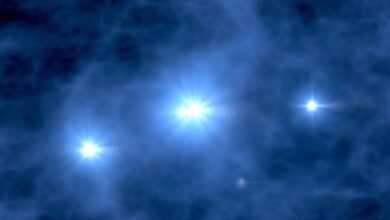How a failed experiment led to Einstein’s first big revolution | by Ethan Siegel | Starts With A Bang! | Aug, 2024

The Michelson-Morley experiment of 1887, despite expectations, revealed a null result: no effect. The implications were revolutionary.
Imagine being alive in the late 1800s, and thinking about one of the most important physical phenomena in the Universe: light. A number of things that we take for granted today were already known about it. We knew that light:
- moved at the speed of light, around 300,000 km/s,
- exhibited wave-like behaviors such as interference and diffraction,
- and was electromagnetic in nature, with oscillating in-phase electric and magnetic fields.
We did make an underlying assumption about light, however, that wasn’t necessarily true: that, like all known waves, it required a medium to travel through. Just like water waves required the water, seismic waves required the Earth, and sound waves required the air to travel through, light was assumed to have a medium as well, known as the luminiferous aether.
Since light was known to propagate through a vacuum — such as the vacuum of space that separated the Earth from the Sun — it never occurred to most that light didn’t need a medium to propagate through; it was…
Source link





